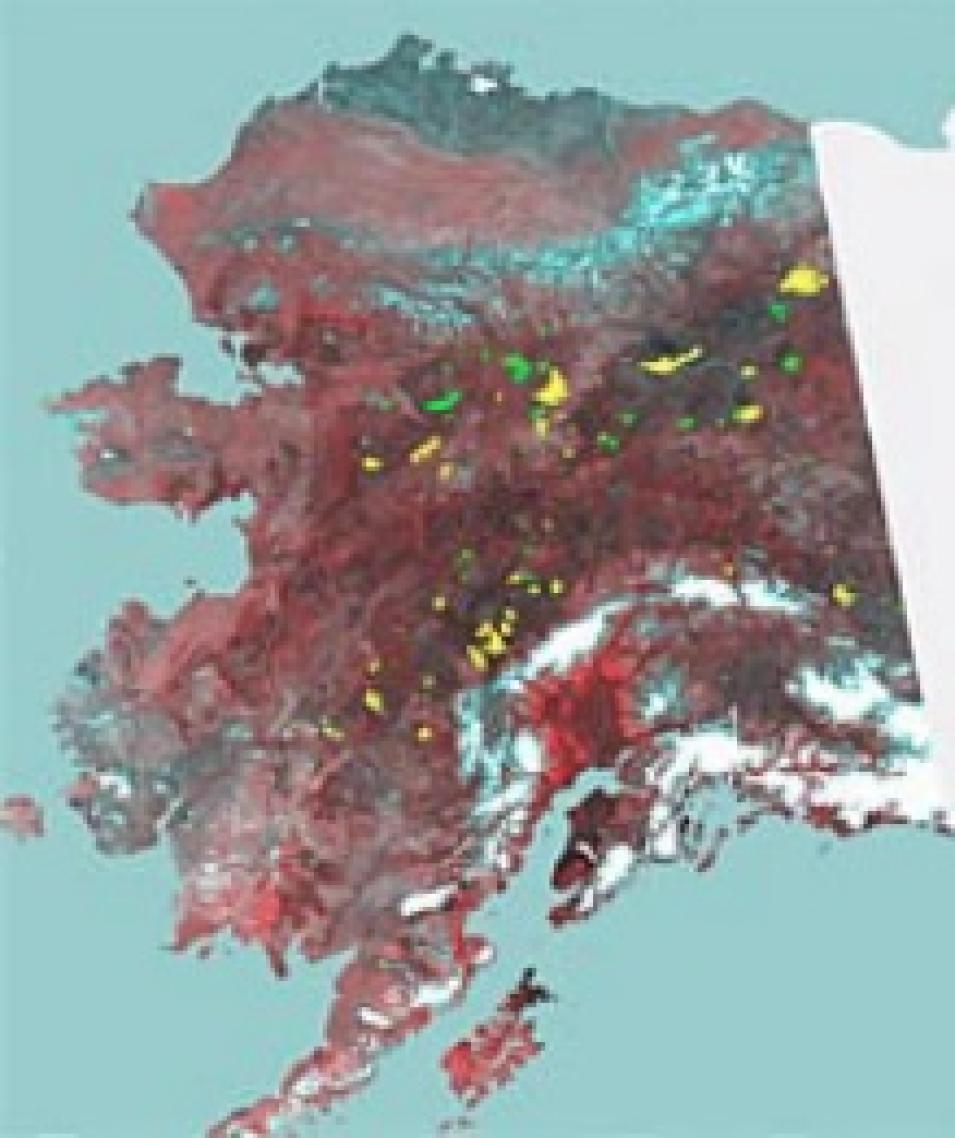Faced with the daunting task of managing information garnered from the Large Scale Biosphere-Atmosphere Experiment in Amazonia - Ecology (LBA-E), Diane Wickland, manager of NASA's Terrestrial Ecology Program, wanted a tool to facilitate the process that did not result in a large, centralized data management infrastructure. Wickland sought a system receptive both to quick identification and access to rudimentary field data and one that put more responsibility and control in the hands of the scientific investigators collecting this information—without unduly increasing their burden. Paul Kanciruk, a Program Manager at Oak Ridge National Laboratory (ORNL), left the LBA-E meeting thinking about the problem. "At this point all I knew about HTML was how to spell it, but I knew that there must be a way to integrate metadata (data about data) from the investigator's web servers to efficiently create the system Wickland desired," Kanciruk said.
At a subsequent meeting, discussions with LBA-E Project Manager, Don Deering, brought to light the merit of investigating a web-based distributed data system. "So, on the drive back from this meeting I stopped for lunch with a colleague, Merilyn Gentry; we did some brainstorming and the architecture for the Mercury system was designed in about an hour. It's really a simple concept."

